The Murano Mythos
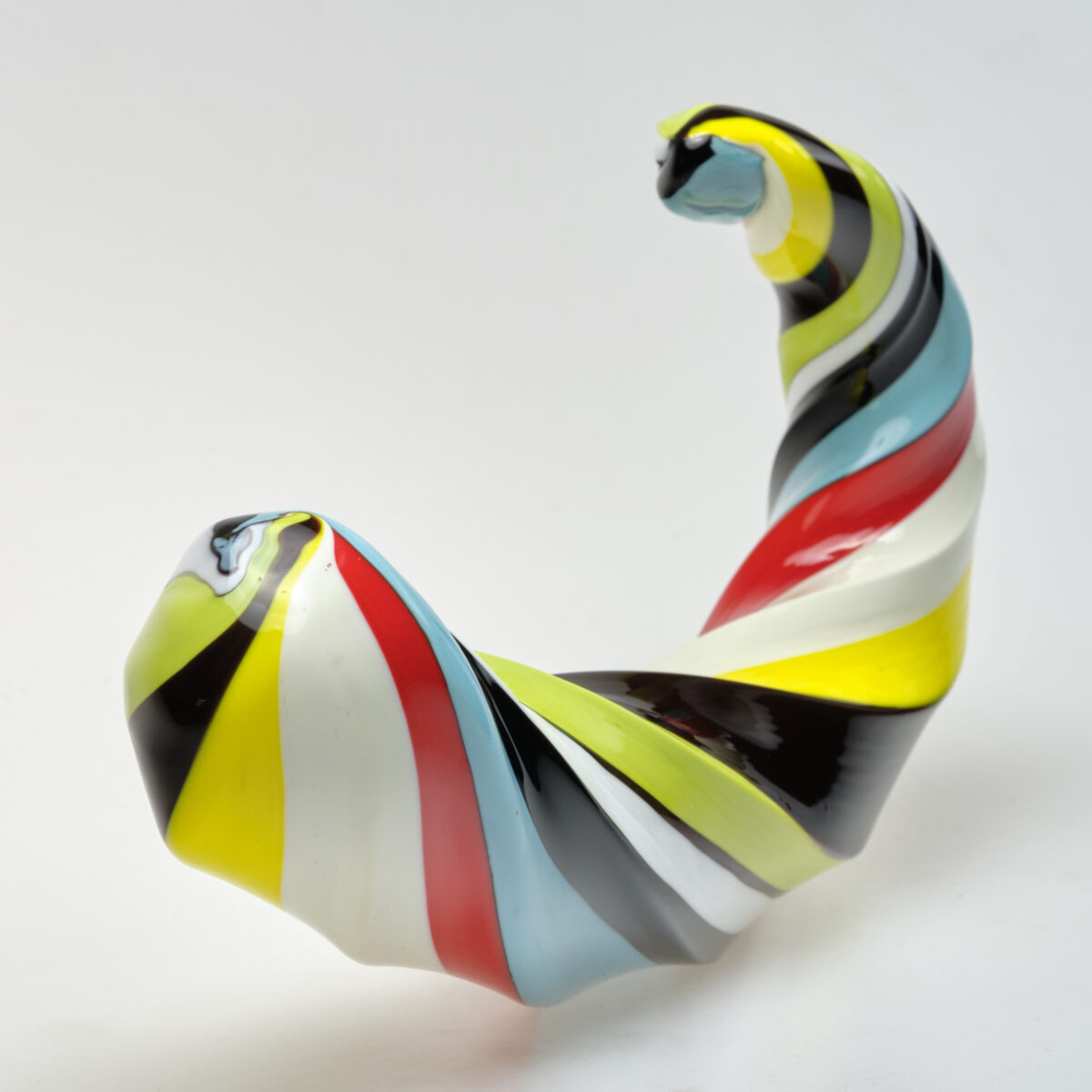
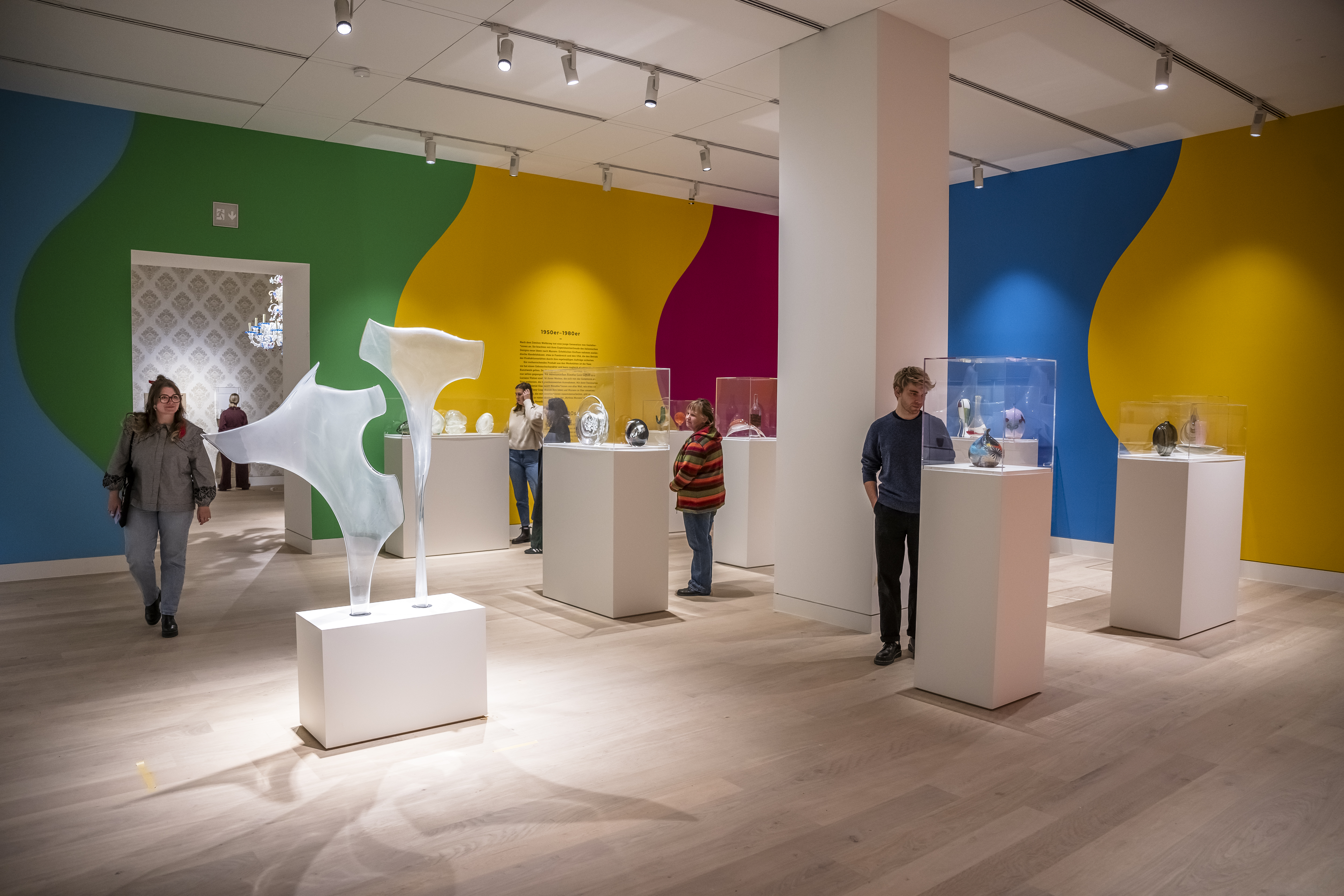
In a newly created exhibition area of our glass collection, annually changing themed exhibitions will be shown from now on. It all starts with The Murano Mythos: For 700 years, the small lagoon island of Murano near Venice has been the epitome of great glass art.
Ancient glassmaking traditions are preserved here and secrets of new colors and production methods are kept. The last great heyday was from 1920 to 1970, and the legend of Murano still lives on today. The Kunstpalast has an extensive collection from this period, from which 135 outstanding works are presented.
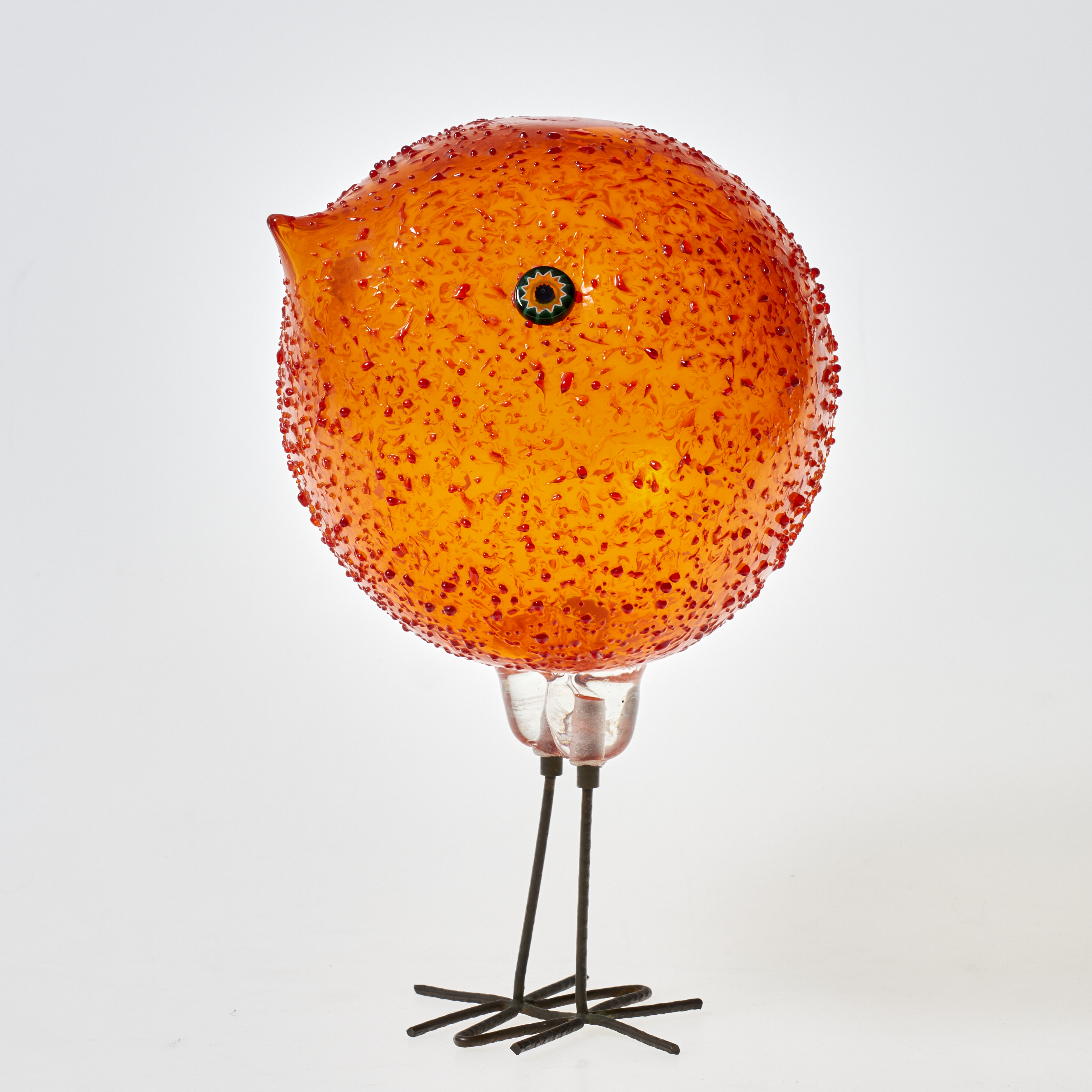
From the 13th century onwards, Venice developed into the global capital of glass art. The best raw materials were available in the port and trading metropolis, enabling the production of new types of glass. Competition in a confined space and over many generations led to the development of an expertise in the use of the glassmaker’s pipe that was unmatched elsewhere.
After 500 years of ups and downs, the 19th century saw a new dawn. The workshops of the Italian lawyer and entrepreneur Antonio Salviati brought new life to glass production, and Murano regained its reputation in the 1870s.
This success was short-lived, as Italian glass, which was based on historical models, was no longer in line with contemporary tastes from around 1890. In 1921-1925, a new glass company was founded by the Venetian art dealer Giacomo Cappellin and the Milanese lawyer Paolo Venini. Their products take up forms from the past and yet appear timelessly modern.
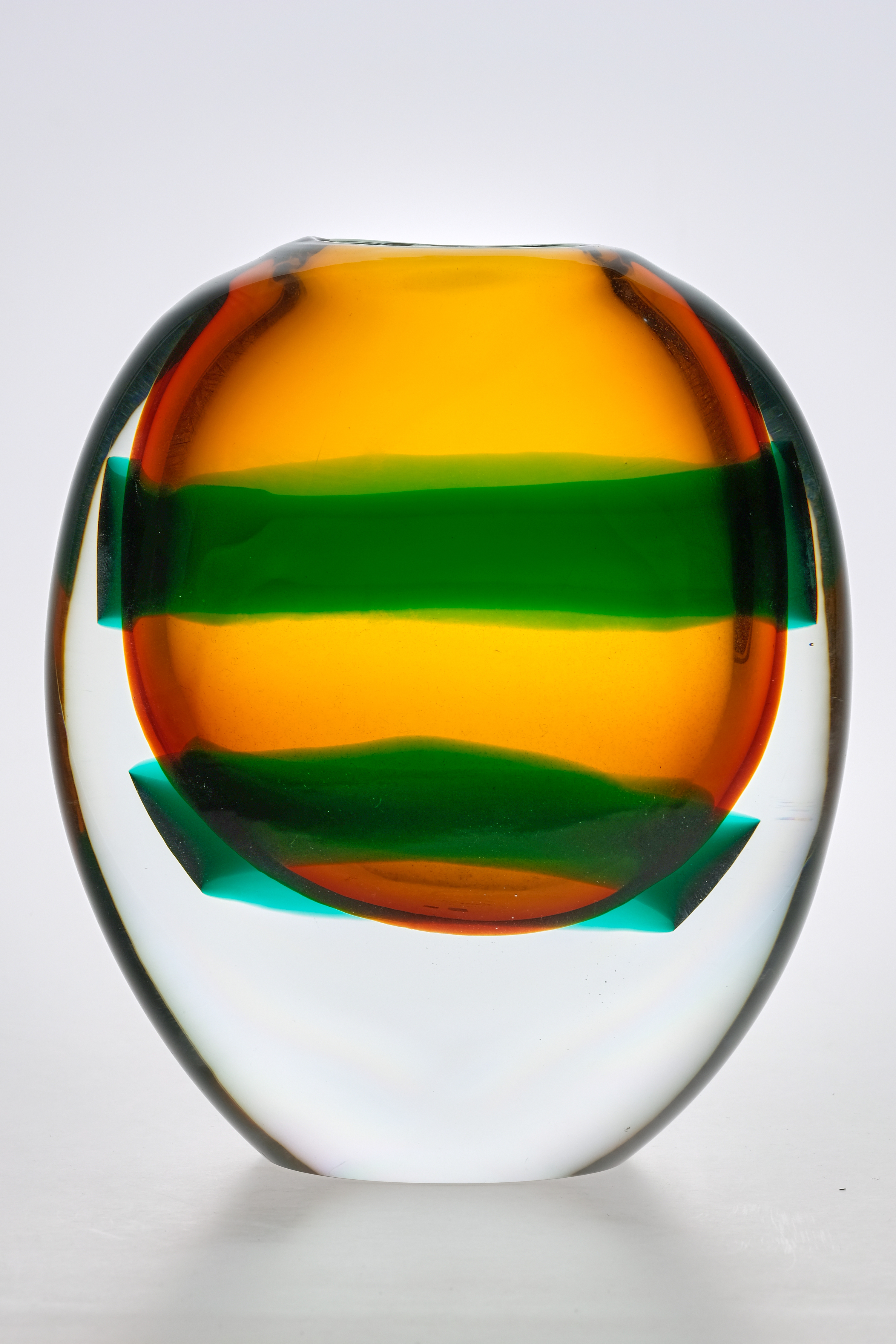
After the Second World War, a young generation of designers emerged. With their love of experimenting with Italian design, they brought new ideas to Murano. Foreign trading houses, for example in France and the USA, exerted considerable influence, securing the operation of the production facilities through their regular orders.
A predominant product from the workshops is the vase, which has a utilitarian character and can also be considered a work of art in its own right.
The step towards free artistic sculpture was rarely taken. The Venetian artists Livio Seguso and Luciano Vistosi are the notable exceptions with their works that move away from the vase form. With their fascination for glass as a material, artists from all over the world, such as the sculptor Tony Cragg, are now turning their ideas into glass on Murano.
There are now workshops that work with artists in many countries. But “The Murano Mythos” still attracts visitors to Venice.
Curator: Dedo von Kerssenbrock-Krosigk, Kunstpalast
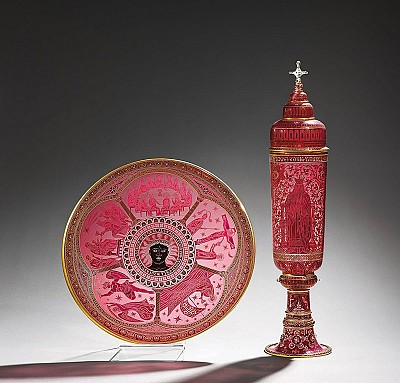
The Glass collection
The museum’s glass collection is among the most important of its kind worldwide. More than 1,500 exhibits from a total of around 13,000 objects offer insights into the history of glass art – from antiquity and the Middle Ages to contemporary works in glass.Learn more
Picture Credits
Picture Credits